Training successfully when skiing independently
The club is in “pause” mode till February 8. The young members should keep up their training and apply the teaching tips provided by their coach during the Christmas camp. To obtain the greatest success, however, you have to go stage by stage in a good training session.
Warming up
Warming up is crucially important, to awaken the central nervous system. It loosens the muscles and supports an information exchange between the muscles and the brain, to optimize movements. This period also gives you time to test your equipment: the sharpness of the skis, the glide of skis on the snow, the way boots are reacting to the cold, etc.
You have to take the time to evaluate the environment during this phase. What’s the type of snow today, the visibility, temperature and wind? Rushing through your warm-up or skipping it altogether to get started going at high intensity on the run is a really bad idea. At best, it can slow progression in training or worse, cause injuries.
What should you do during this session? You could start with an off-snow warm-up by moving your legs ballistically and rotating your arms and trunk. Be careful not to exaggerate the movements, to avoid tearing a muscle. It’s wise to stick with reasonable movement amplitude. The goal is to move the muscles, not to stretch them. The warm-up should also increase your heart rate to send more oxygen to your muscles.
Do some fast jumps, jogging, push-ups…. After these come the on-snow warm-ups. We’ll emphasize exercises at moderate speed, e.g., javelin turns, hockey stops, intermediate parallel, exercises without poles…. The objective of these exercises is to work on technical movements.
The main part
When our bodies have achieved an acceptable level of wakefulness, we move into the main part of the training session. This is the period in which we’ll work at higher intensity. We’re going to make the movements more complex by increasing the speed of movement across the snow, the level of difficulty of the run, and the speed of execution of the actions. In other words, we’ll ski! However, we limit the increase in intensity over time to keep it optimal without risk of injuring ourselves.
Cool-down
When fatigue occurs, the body responds less quickly to the request. At this point we reduce the intensity and volume of the training to prevent injuries. We enter into the phase “cool-down”. We can use this time to repeat the exercises from the beginning of the day. These exercises allow us to reconnect with the sensations we’re looking for, finish on a good note and consolidate our motor activities.
To sum up, if you keep to the three parts of a training session, you should experience good progress and avoid eventual injuries.
More from this author by clicking on his picture below.

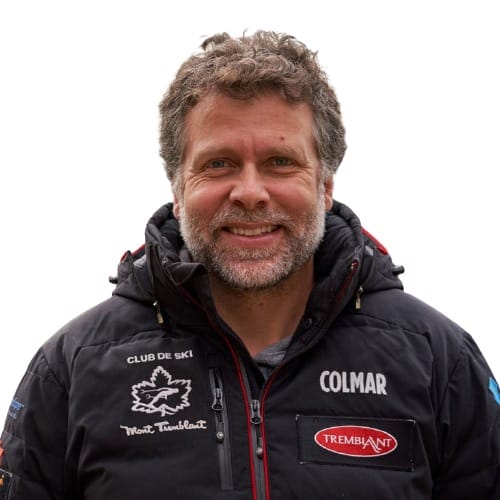
Jocelyn Huot30 Posts
Entraineur Chef du Club de ski Mont-Tremblant Entraineur Niveau 4 certifié FESC / PNCE Niveau 3 de l'Alliance des moniteurs de ski du Canada Formateur pour Alpine Canada depuis 2007 Head coach of the Mont-Tremblant Ski Club Leve 4 FESC/PNCE – certified coach, Level 3 CSIA/AMSC – certified instructor
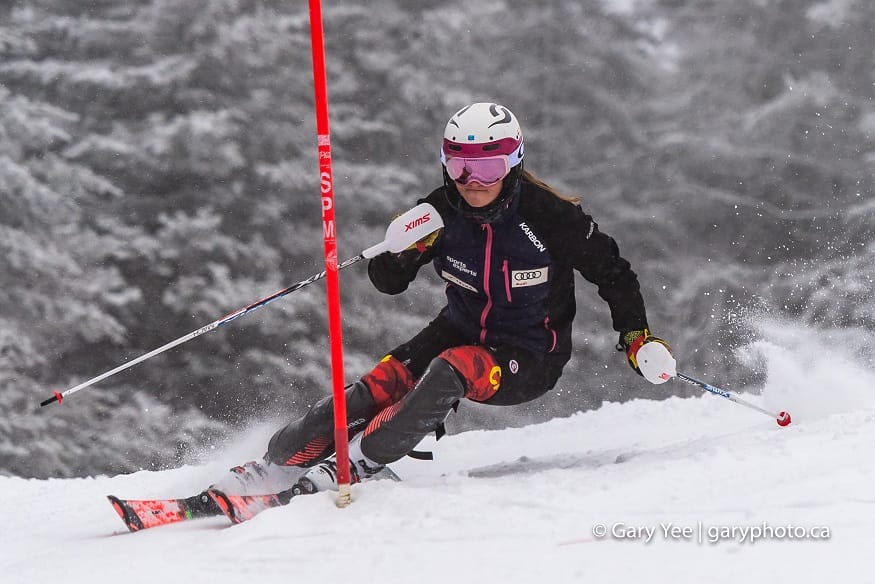


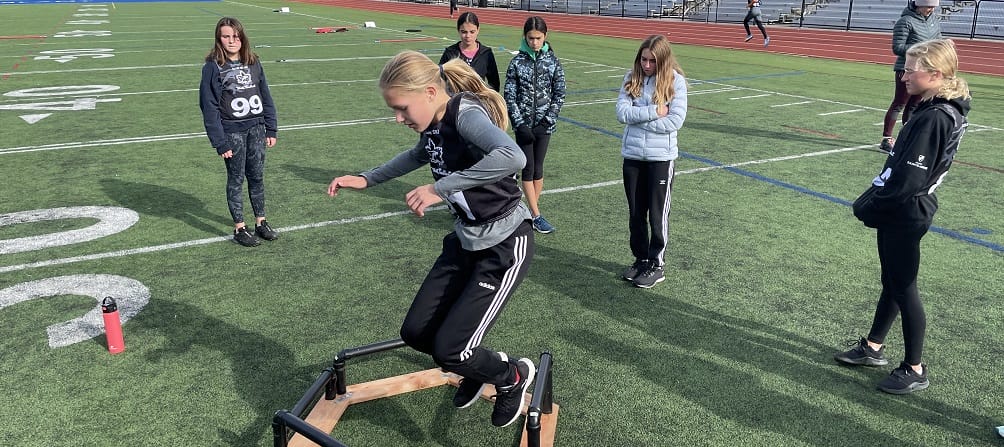

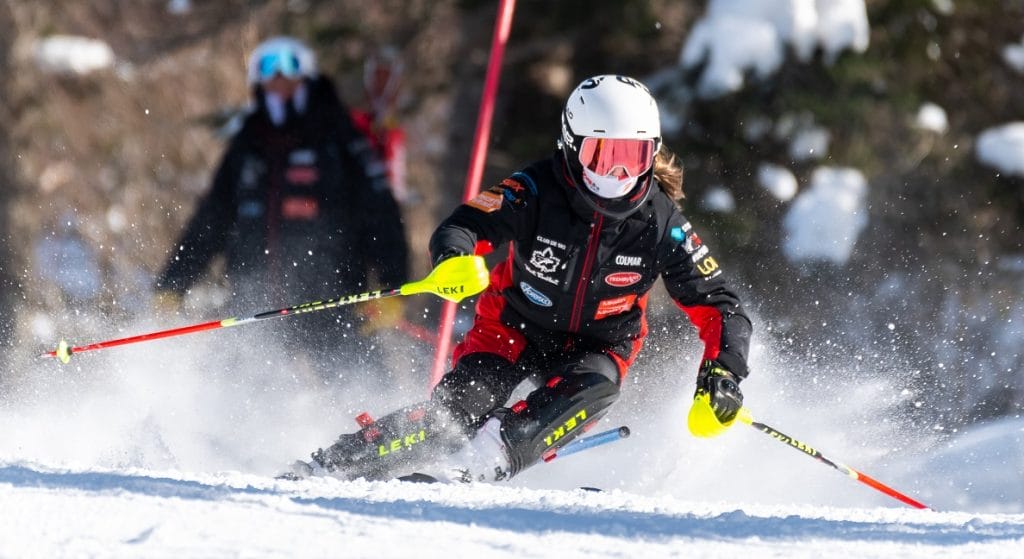

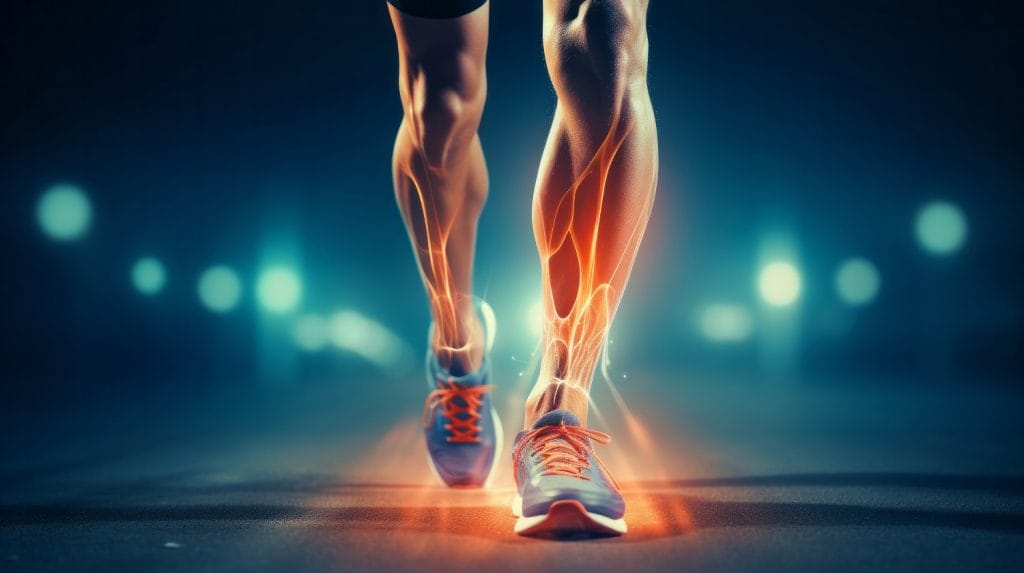
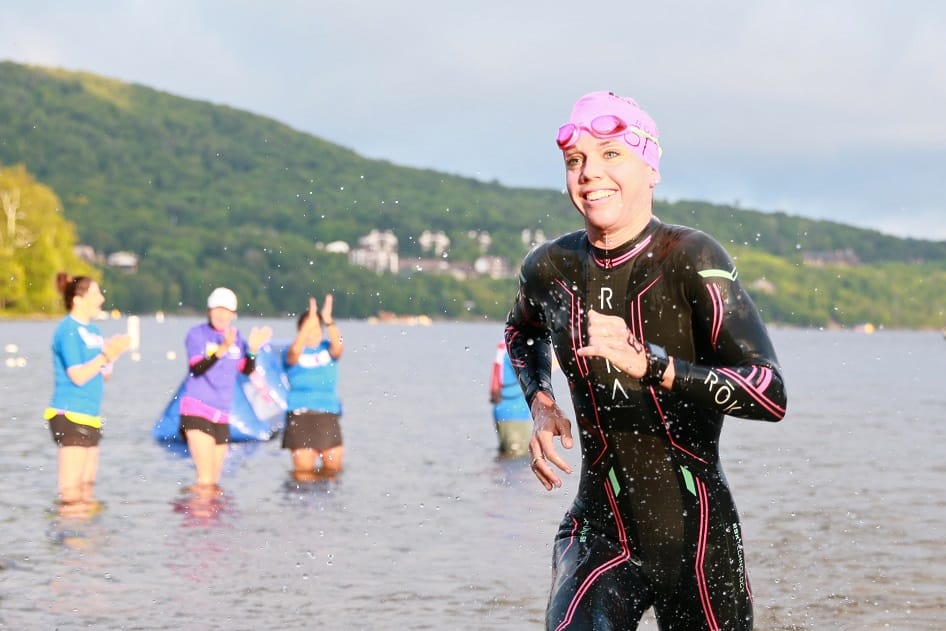
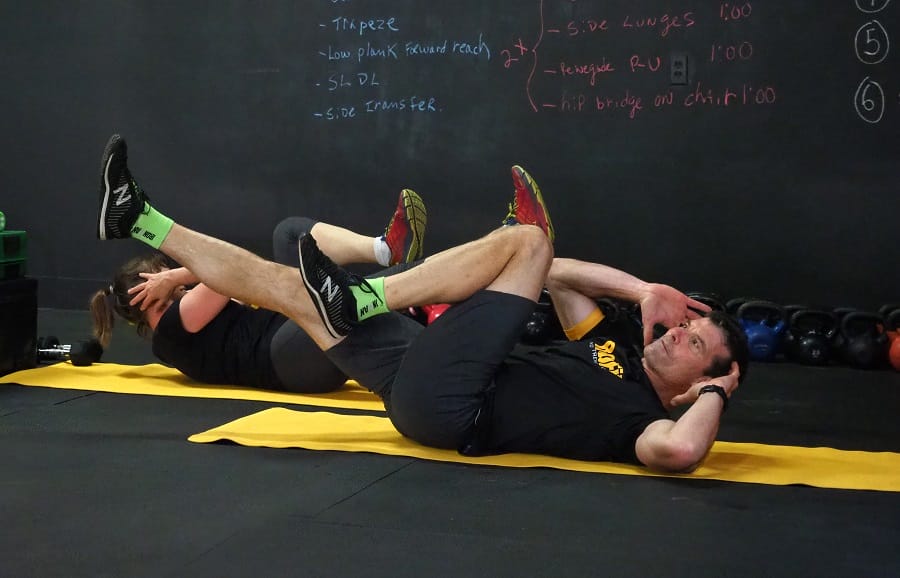
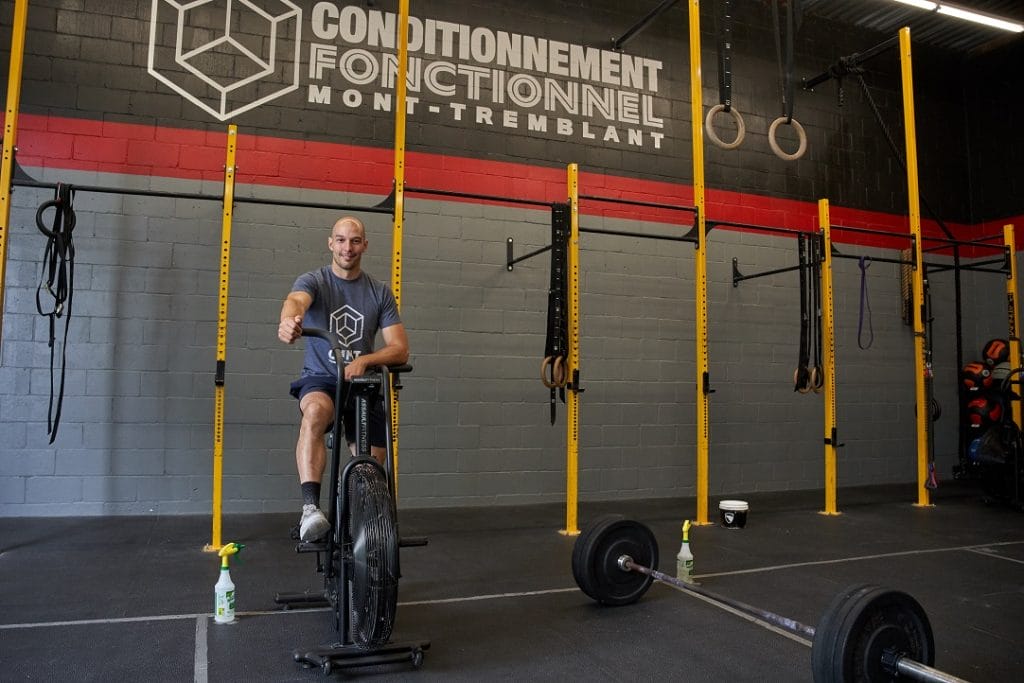
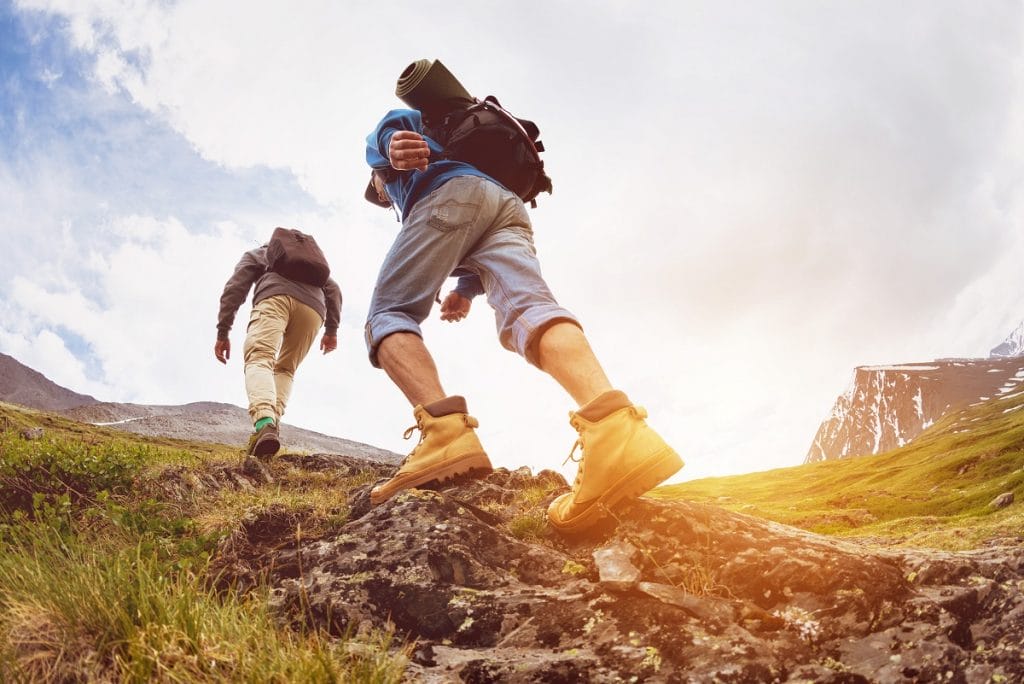
0 Comments